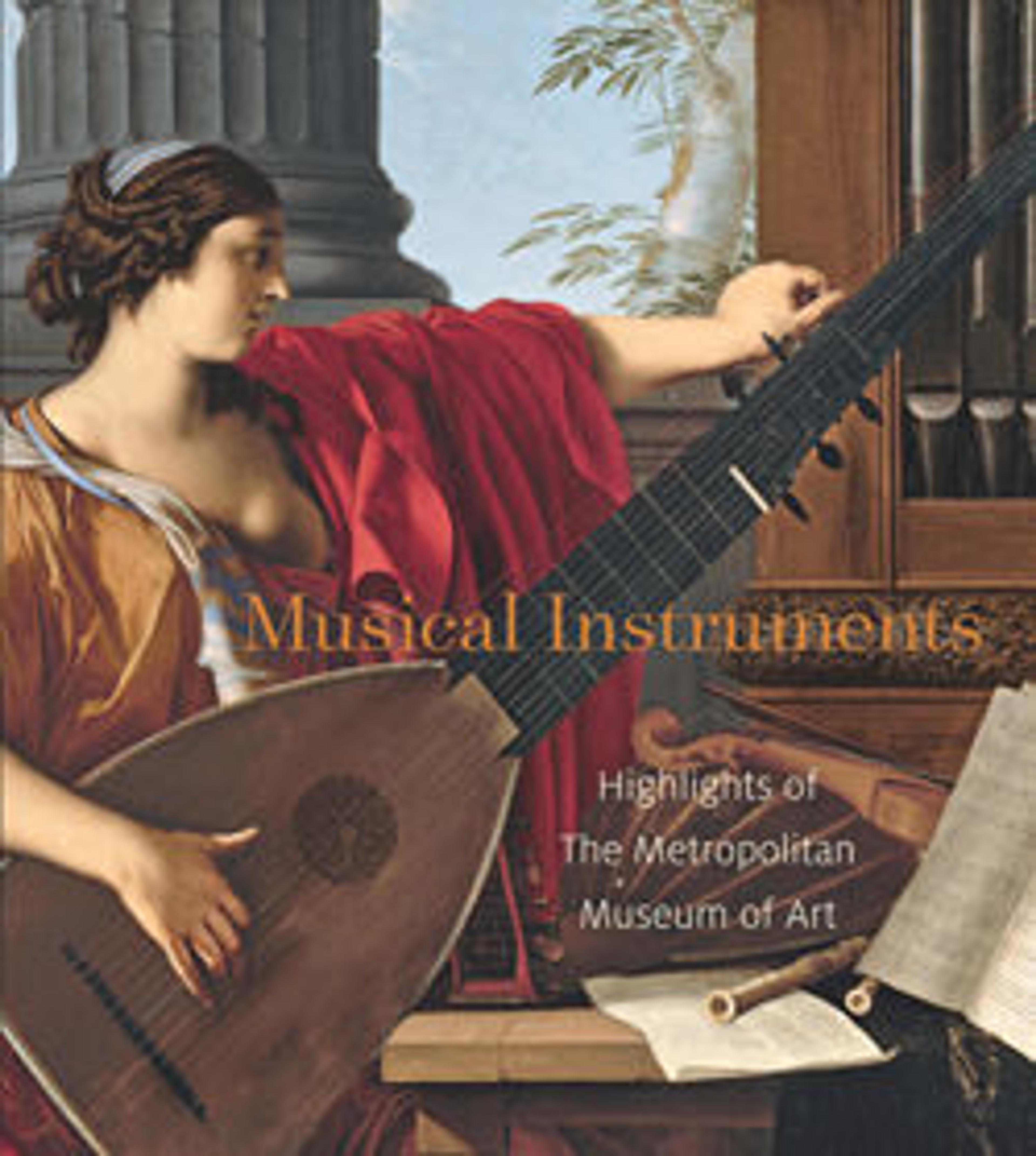Side-blown Trumpet
Animal horn or tusk trumpets with mouthpieces drilled into the side are found throughout Africa. Ivory trumpets often symbolize kingly power, and those associated with royal ensembles are decorated with skins, wooden extensions, and beautiful carving. This is true among the Mangbetu of the Democratic Republic of Congo, who fashioned this instrument. Once acquired, the ivory is entrusted to carvers who may take over two months to re-form the tusk and make it playable. Royal instruments are carved in deep relief with ridges and a projecting mouthpiece, seen, in this example, at right of center. Another conspicuous royal motif, appearing at the left, is a canoe-shaped design. Elegant trumpets like this one are used in pairs to accompany dances or signal the entrance and departure of the king. Europeans prized instruments such as this because of their elegant design, and the Mangbetu responded by producing trade instruments that were unfinished and unplayable. The Museum's trumpet, however, is masterfully finished and possesses a booming voice.
Artwork Details
- Title: Side-blown Trumpet
- Date: 19th century
- Geography: Democratic Republic of the Congo
- Culture: Mangbetu
- Medium: Ivory
- Dimensions: L. 50 × Diam. Largest 4 3/4 - smallest 1 1/2 in. (127 × 12.1 - 3.8 cm)
- Classification: Aerophone-Lip Vibrated-trumpet / trombone
- Credit Line: Purchase, Bequest of Olive Huber, by exchange, and Brian and Ann Marie Todes Gift, 1999
- Object Number: 1999.74
- Curatorial Department: Musical Instruments
More Artwork
Research Resources
The Met provides unparalleled resources for research and welcomes an international community of students and scholars. The Met's Open Access API is where creators and researchers can connect to the The Met collection. Open Access data and public domain images are available for unrestricted commercial and noncommercial use without permission or fee.
To request images under copyright and other restrictions, please use this Image Request form.
Feedback
We continue to research and examine historical and cultural context for objects in The Met collection. If you have comments or questions about this object record, please contact us using the form below. The Museum looks forward to receiving your comments.
